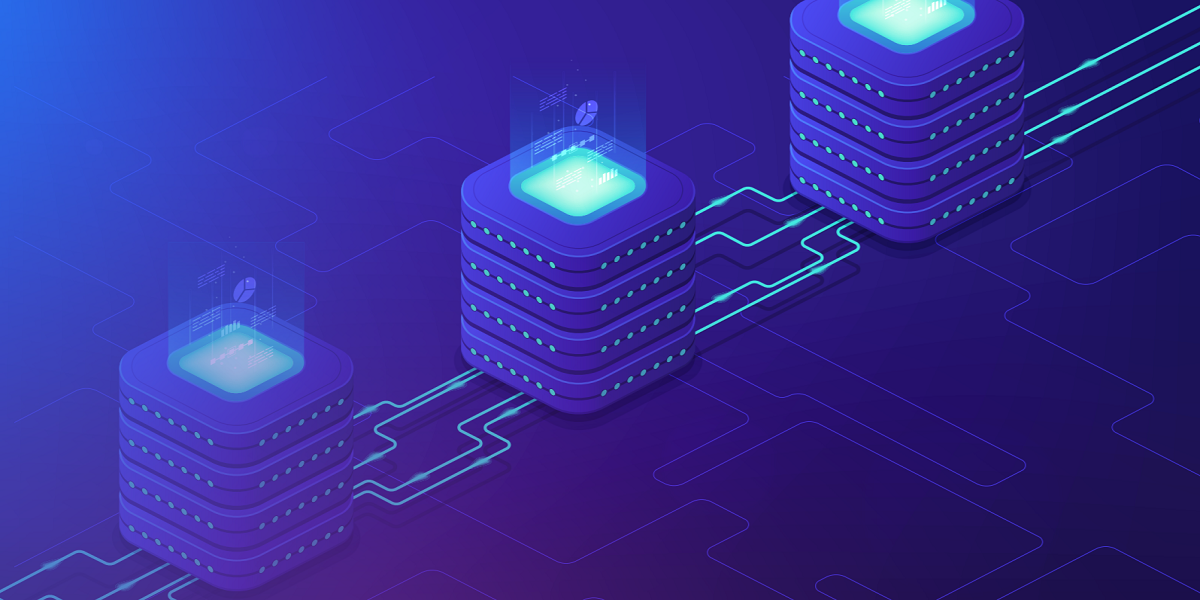
What Is Infrastructure Monitoring, And Why It Is Essential for Any Organization?
- By Raj Dodiya
- 06-01-2022
- Misc
Due to the complexity of modern IT infrastructure, it has become essential for organizations to have accurate performance monitoring solutions that help them with infrastructure management to reduce outages and increase response time.
You must be thinking about what is infrastructure monitoring, and why it is essential for your organization? Let us answer this question through this article.
What is infrastructure monitoring?
IT infrastructure monitoring is a process to collect and analyze data from the IT infrastructure that is owned and operated by the IT organization. Its purpose is to leverage the collected data to improve the ROI of the business and drive value for better decision-making.
Businesses and organizations use information technology to deliver their exclusive services and products. They should focus on having a standard IT infrastructure monitoring solution to monitor all the IT services, required support, data centers, servers, networks, computer hardware and software, storage, and other equipment or assets (physical and virtual). Organizations need to monitor all the assets or devices of their IT infrastructure most effectively.
Challenges organizations face while monitoring the IT environment
Organizations that monitor large IT infrastructure face several challenges. Managing the infrastructure monitoring process comes with the great responsibility of managing numerous digital assets that become a daunting task. Here are the major challenges organizations face while monitoring large IT infrastructures.
#1 Multiple Infrastructure Monitoring Tools
Large IT environments are likely to have many devices from multiple vendors. Thus, they might also have various systems. Most of these systems and devices will have monitoring tools, so, commonly, a large enterprise may have more than one monitoring tool to justify various purposes such as monitoring network performance, storage, devices, applications, and databases.
#2 Shared Networks
In big organizations, devices and infrastructure expanded over multiple geographic locations. Depending on how they want to manage these networks, they should decide whether they want that network to be isolated or that it should be part of the connected network. The major challenge organizations face while choosing the process is whether they should monitor each “sub” network, or simultaneously they should get an overview of the entire infrastructure.
#3 Increasing Costs
For organizations, constantly increasing costs is one of the concerns too. In some cases, monitoring infrastructure is also paired with saving costs. If the servers go down, the organization loses productivity and revenue at the same time. Slow and inefficient monitoring would be unproductive and eventually result in higher costs.
#4 Specific Workforce
Apart from a top management overview, organizations should also have individual views on certain things. For example, an organization might think of a separate team to take care of the databases and an individual team looking after network traffic. Such requirements need a specific workforce that can perform the right roles and responsibilities. A right team that monitors individual dashboards, maps, and immediately alerts management to make sure the right person receives an appropriate alert on time and is helpful to resolve the issues.
#5 Data Limits
Monitoring tools that have a centralized nature approach to the process often fail to process, compile, and analyze big data. With the ever-growing IT infrastructure, data also grow day by day. But, if monitoring tools can only monitor a significant amount of data, it may create a bottleneck for organizations, which does not provide correct performance insights.
Benefits of infrastructure monitoring
A core benefit of having infrastructure monitoring is its ability to save time and money and react to worst-case scenarios. As a result, infrastructure monitoring will be at its best when operating, and organizations will get the following benefits -
Increased Efficiency
Infrastructure monitoring will help organizations in discovering current issues as well as assist them in quickly resolving them. It will eventually keep the organizations out of trouble, boost reliability, and reduce end-user complaints.
Early Detection of Problems
Infrastructure monitoring software is capable of scanning and monitoring real-time activities throughout entire IT systems. Such monitoring tools collect data that give organizations a detailed analysis of everything that is going on inside the entire IT infrastructure, which allows organizations to detect problems before they become critical problems.
Prevent Network Outages
An ideal infrastructure monitoring allows organizations to access vital stats and data straight away, which allows you to discover issues that could indicate a network attack or any outages. Organizations will be able to respond quickly before the trespasser can perform their harmful deeds.
Increase ROI
IT monitoring can have a certain or indirect effect on your company’s ROI (Return on Investment). It will also enable the IT team to allocate less effort to monitor their IT systems and to provide value to their end-users.
Real-Time Notifications
One of the most essential benefits of using infrastructure monitoring is real-time notifications. The infrastructure monitoring will not only notify about the performance issue, but they will also help organizations in resolving the issues before it creates an issue.
Best practices for infrastructure monitoring
When an organization uses any monitoring tool, it should follow best practices to get the best out of that tool. By implementing such practices, can boost the strategy of the infrastructure monitoring strategy.
#1 Prioritize – Prioritizing is the first key before setting up the threshold and notification, the organization should first determine which are the most important to them. Experts recommend listing down the priorities and starting with minor issues, which can resolve in no time, such as spammed emails.
#2 Establish alert-based resolution processes – Organizations should always execute the quick and most efficient resolution for each type of alert. This process relates to prioritization and should consider attention such as what do higher authorities need to know about? What needs direct attention?
#3 Exercise redundancy - If organizations have numerous data centers, they should ensure that are monitoring each of them from more than one location.
#4 Take maximum support – Organizations should make the most out of the support offered by the vendor.
#5 Combine monitoring tools – Organizations should try combining on-premises and cloud-based tools. They can also use both if they can, depending on their requirements.
Things to look while selecting an infrastructure monitoring tool
The organizations focus on modern infrastructure, where traditional monitoring tools might be unfit, but the combo of both modern and traditional approaches can also help all-in-one approach to monitor cloud platforms, supporting apps, and infrastructure is the best approach. Here are some key elements to watch out for while selecting an infrastructure monitoring tool:
All-in-one platform: Divide silos between apps and infrastructure teams with end-to-end visibility across the entire IT stack.
AI-Assistance: Check out the AI-assistance feature to detect anomalies and benchmark the system that allows the IT team to focus on the most essential things, initiative-taking actions, and drive business results.
Root-cause analysis: Is the tool capable of getting actionable solutions to problems in real-time before it creates any hazard?
Automation: Make sure the tool can automate the discovery process, baselining, agent life-cycle management, and detailed analysis.
Alerting: The ability to get real-time alerts is essential for organizations, so it is important to make sure the tool they choose to help them prevent the issues before they happen.
The IT infrastructure monitoring tool organization choose will depend on their specific requirements. Overall, whenever they decide, they should check all ins and outs of that tool and try using the free trials before making any decision to check the top-quality features.
Recent blog
.png)
Top 03 Audio Enhancers to Enhance Your Voice in Minutes
Technology | 18-04-2024.png)
Offshore and Nearshore Mobile App Development: A Guide
Mobile App Development | 17-04-2024.png)




